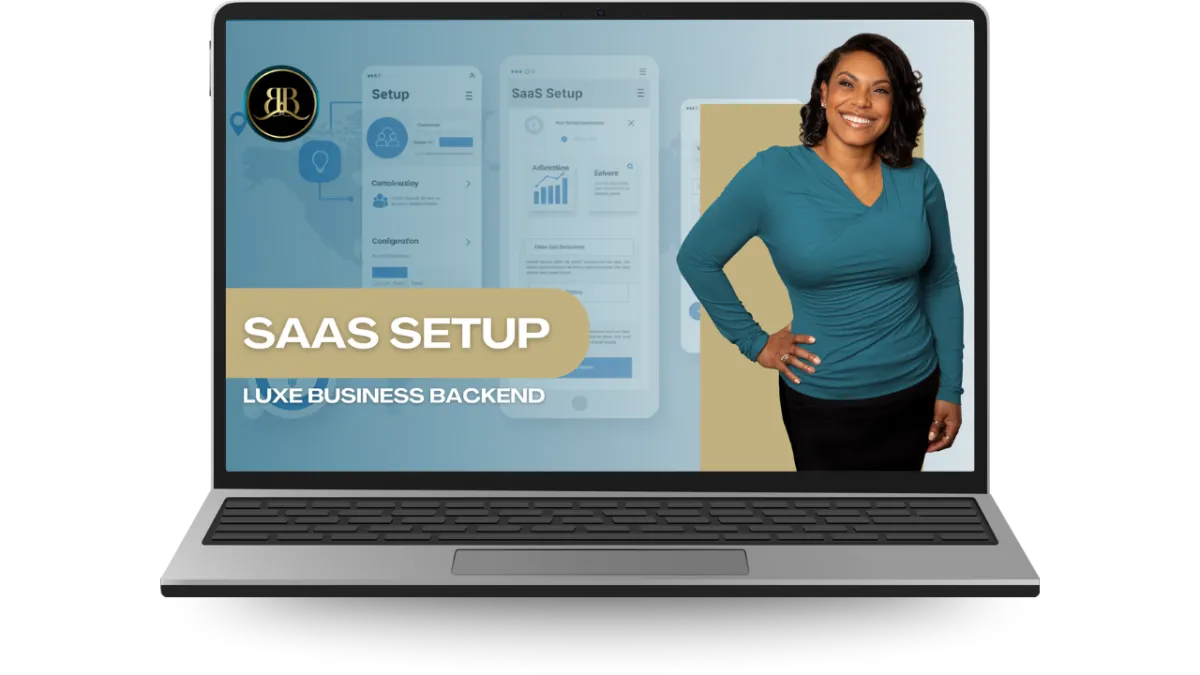
How to Build a Business That Doesn’t Break Every Time You Launch
You know that feeling right before a launch?
The adrenaline. The pressure. The to-do list that started off ambitious but now feels like an unpaid invoice from your past self.
You’re staring down a week (or two) of non-stop “on” energy, fueled by iced coffee, urgency, and just enough anxiety to keep you in motion.
You’re not new to this. You’ve sold before. You know what you’re doing.
But even when the launch works, it takes something out of you.

The kind of energy you don’t always get back right away.
And when it doesn’t work? Forget exhaustion. That’s when the doubt creeps in.
And maybe you’ve blamed your sales page, or the offer, or the ad strategy.
Maybe you’ve told yourself it was the wrong time, the wrong audience, the wrong CTA.
But deep down, you already know what the real problem is.
It’s not the launch.
It’s the way your business is built behind it.
Most launches don’t break your business because they failed.
They break your business because they were never supported in the first place.
There’s no real runway.
No marketing rhythm.
No sales process that moves with or without you.
The backend is manual.
The delivery is fragile.
And your team, if you have one, is operating on vibes and Looms and hope.
You’re launching like a visionary and fulfilling like an intern.
And that gap? It’s why every launch feels like a full-body sprint you didn’t train for.
You’re the engine, the gas pedal, and the seatbelt.
Everything moves because you’re pushing it.
There’s no automation holding the customer journey.
No infrastructure absorbing the volume.
No space between selling and delivering — just one long, unbroken stretch of work.
You launch, then you onboard.
Then you deliver.
Then you plan the next one.
And at no point do you actually lead — you just manage the momentum.
That’s not how it should feel.
A launch should be a campaign, not a collapse.
A jolt of revenue, not a full system override.
But when your entire business is wired around your energy, launches become pressure cookers.
Not just because you want to make money — but because there’s nothing else generating it in the background.
And whether or not you admit it, that kind of dependency breeds quiet resentment.
Resentment toward your business.
Toward your offer.
Toward the audience that “didn’t convert fast enough.”
Even toward yourself.
Because the truth is, you know better.
You’ve been in this long enough to know you can’t keep building growth on your own capacity.
You’ve outgrown that model.
What you haven’t outgrown — yet — is the habit of holding it all.
That ends when the backend starts to match the front end.
When you stop treating the funnel as the entire strategy and start designing systems that carry people from first touch to final result — without you manually pulling every lever.
When you launch with assets that are built ahead of time, not panic-written the night before.
When your delivery is mapped, supported, and documented.
When your team has ownership and your tech actually earns its cost.
When your audience is primed before you ever open the cart.
When your pitch isn’t the first time people are hearing about your offer.
When you stop performing your business and start engineering it.
Because real launch readiness isn’t about content calendars and Canva slides.
It’s about having a business that knows how to hold a launch — so you don’t have to white-knuckle it the whole way through.
That looks like a validated offer with a clear, relevant problem.
It looks like a pre-launch strategy that builds demand before the pitch.
It looks like marketing automation that nurtures without you being live 24/7.
It looks like a sales process that’s sequenced and strategic — not guesswork.
It looks like backend delivery systems that are just as smooth as the sales page.
It looks like a calendar that actually has room for recovery.
And it looks like a founder who isn’t forced to choose between selling and surviving.
You don’t need another launch template.
You need a business that can actually hold the weight of your next rollout without draining you dry.
Because launching isn’t the problem.
Launching from exhaustion, without systems, without structure, without space to breathe — that’s the problem.
And if you’re done burning yourself out just to prove your offer works, I’ve got something for you.
It’s called The Leisure Launch Guide — and it’s your new go-to for planning high-converting launches that don’t hijack your life.
Inside, you’ll get a streamlined version of what actually makes a business launch-ready, plus insights on how to simplify, automate, and protect your energy every step of the way.
Because you don’t need to perform your next launch.
You need to glide through it.






